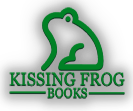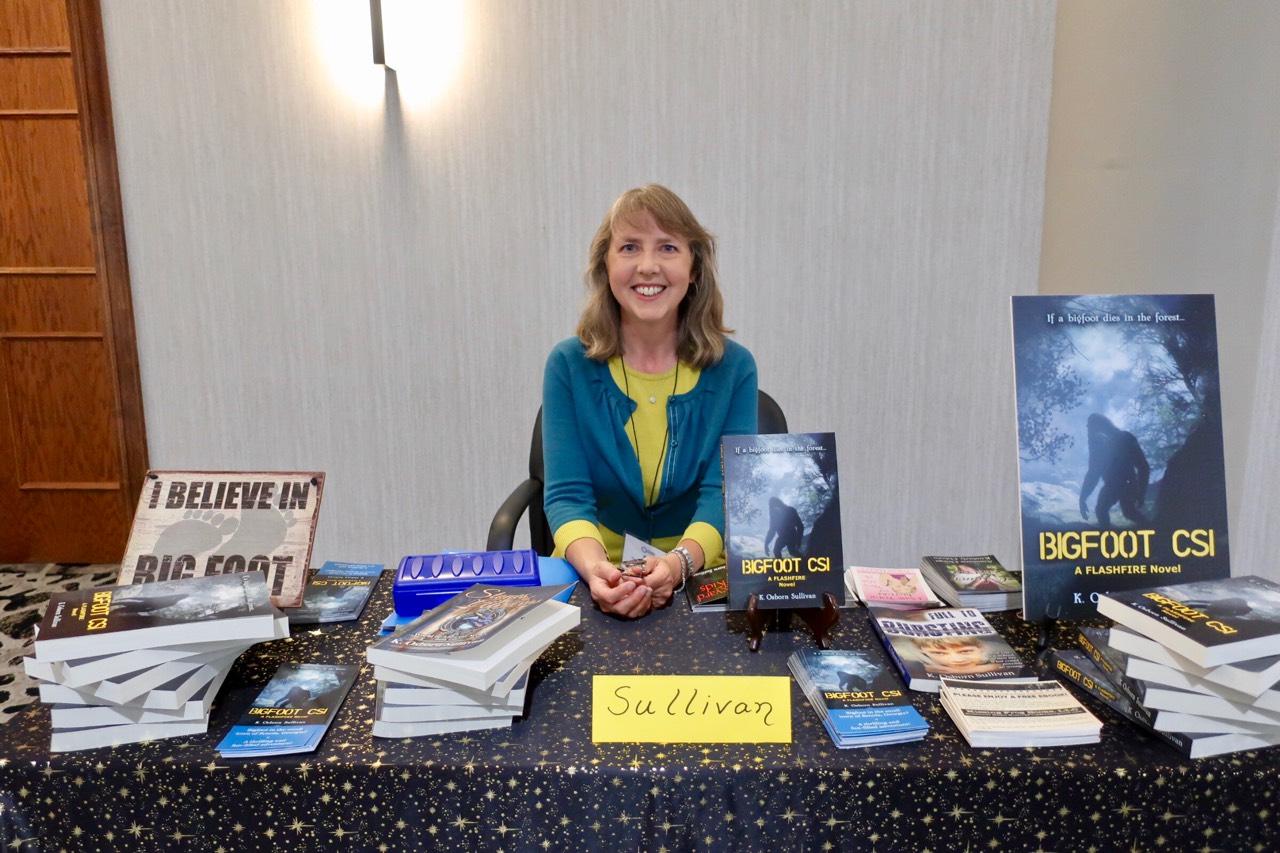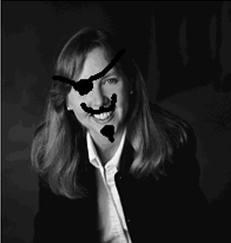An unscientific experiment to lift your manuscript out of the slush pile
by K. Osborn Sullivan
Many years ago, when I was trying to sell my first novel, I got used to form letter rejections. You know the ones I mean. They begin “Dear Author” and grow more impersonal from there. They all include the word “unfortunately” within the first couple of lines, so our hopes can be firmly dashed without having to tax ourselves with too much reading. My personal favorites have a spot for a photocopied signature, but it’s blank because no one in the editor’s or agent’s office wanted to waste his time signing the original.
After I sold that first novel, though, I assumed I had seen the end of form letter rejections forever. Go ahead and laugh at such a ridiculous notion. Yes, I was new.
So when I started looking for an agent to represent my second book – a middle grade humor novel called Full to Bursting – I was optimistic about the reception it would receive. Surely agents would be clawing over each other to work with a published author, right? But as you probably expected, it was a debacle. Twelve queries resulted in ten form letter rejections. Two agents didn’t bother to reply.
I was discouraged and confused. This wasn’t the way things turned out in my fantasy about instant wealth and fame in the publishing world. And speaking of fantasies, where were the winged stallions delivering my Pulitzer Prize?
Not to be defeated by one little setback (or, more accurately, a dozen setbacks) I squared my shoulders, polished up the manuscript, and tried the approach that had succeeded with my first book. I gave up on agents and appealed to publishers instead. But six submissions and six form letter rejections later, I was back at square one.
I had to figure out how to separate my submissions from the slush pile. Clearly a prior sale was not all that was needed to be ushered into the inner circle. As I pondered, I recalled a conference presentation from a couple years earlier.
Author J.A. Konrath had been one of the speakers at the Midwest Literary Festival in Aurora, Illinois, and he regaled us with tales from his own publishing hell. It seems he had written a number of manuscripts, but none of them managed to find their way into print. Finally, after a decade, he had no agent, no contract, and a desk full of unpublished work. He decided a change was in order, so with his next manuscript, he broke the rules. He threw a slew of query letters into envelopes along with 8” X 10” glossies of himself and – drumroll, please – no SASE!
For those of you who aren’t aware, some agents and publishers actually require paper letters from authors seeking to get published, instead of the more common electronic communications. The paper trail was more common back in the years when I started writing than it is now, but some diehard agents and editors still use paper instead of email. Those folks generally require that an author enclose a self-addressed, stamped envelope (or SASE) with his/her submission so the agent/editor can respond without having to spend his own cash on postage and stationary.
Anyway, back to J.A. Konrath’s strategy: What was even more amazing was that his radical mass mailing to agents actually yielded phone calls! There were inquiries from people wanting to see his work, offers of representation, and questions about whether he was happy with his long distance service. OK, that last one might have been unrelated to the queries, but you never know.
What I took from this story was that I don’t have to follow every single publishing rule in order to be successful. In fact, sometimes an innovative approach gets the best results.
So when my submissions for Full to Bursting produced nothing more than a file full of “Dear Author” responses, I ripped a page from Konrath’s book (not literally – but I’m guessing he wouldn’t have minded too much as long as I paid for the book first) and attempted something different.
I decided to try a little experiment. My college background is in social science, and I had been subjected to excruciating courses in statistics and research methodology during my sojourn through the hallowed halls of higher education. I never considered using any of that nonsense in my daily life, but what if it could actually have some practical application? The implications were mind-boggling.
I got nowhere with either agents or publishers when I sent out a standard cover letter, so what would happen if I spiced up my letter a bit? Lacking any 8” X 10” glossies of J.A. Konrath, I chose to print a photograph of myself on a new batch of cover letters and send them to some different agents. In my submissions I included whatever Writer’s Market said the individual agents wanted, which often included writing credits, sample chapters, synopses, etc. And since I didn’t have the intestinal fortitude to eschew the traditional SASE, I popped one of those into the envelopes, too.
There were slight variations among my cover letters, but my writing resume remained constant between the old non-picture version and new picture version (i.e. my resume was always meager, but it did list one upcoming YA novel). The primary difference between the two versions was a 1” X 1” black and white photo of me in the upper left-hand corner of my letter.
The picture had been professionally taken for the back cover of my forthcoming book. It was one of those rare photos that I am relatively pleased with. The ladies who took the portrait had even airbrushed out a few “imperfections” at my request. For example, you can barely tell that during an ill-advised Star Wars phase I had my entire face tattooed like Darth Maul.

I sent off this new stack of submissions to eight agents, then I sat back and waited. By the way, the best part of being a writer is definitely the waiting. I know lots of people will say it’s the worst, but you can avoid doing any real work for days, weeks, or months if you’re busy “waiting.” When your family or friends ask, “What are you working on?” you can reply, “I’m waiting to hear back from a publisher about my new manuscript.” If you say it in the right agonized, tension-filled tone, it will make the busybodies believe that you’re actually doing something difficult and feel sorry for you. You’re waiting and that’s hard work, if you make it sound like it is. If you watch closely, my version of waiting can look an awful lot like I’m enjoying a Supernatural marathon.
Meanwhile, the responses from agents who received my photo letters began trickling in. Some of them were form letter rejections, but there were exceptions. Three agents asked to see the manuscript, and one agent sent a personalized rejection. In it, he offered constructive criticism about the sample chapters. Ironically, he also mentioned the photo I had put on his the cover letter. He said that I should leave it off because submissions are supposed to be about the writing.
I pondered his comment, trying to decide if I agreed with him. Then I realized that when he saw the photo – even if he disapproved of it – my letter was separated from the crowd. It had gotten his attention. And not in such an offensive way that he simply wadded up my submission and tossed it in the trash. Instead, it caused him to take action that benefited me. I decided to continue the experiment.
After I received rejections from the three agents who had requested my manuscript, I used their comments to revise Full to Bursting. Then, armed with a superior product, I sent off to twelve publishers with my photo query. Again, I waited. This time, my waiting looked suspiciously like watching the first two seasons of Game of Thrones.
Eventually, I began receiving rejections from the publishers. All of them were form letters, sadly, but one publisher did request the full manuscript, which, after more waiting (Buffy the Vampire Slayer, Season Three), resulted in a form letter rejection.
What can we learn from this experiment? Well, true to my social science training, I constructed a table:




